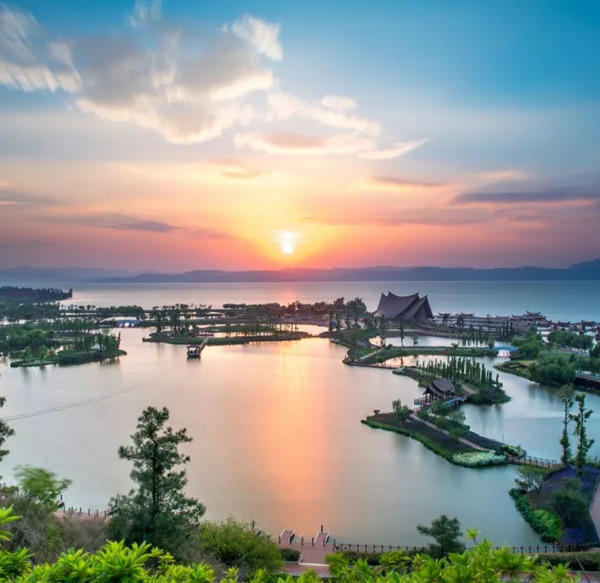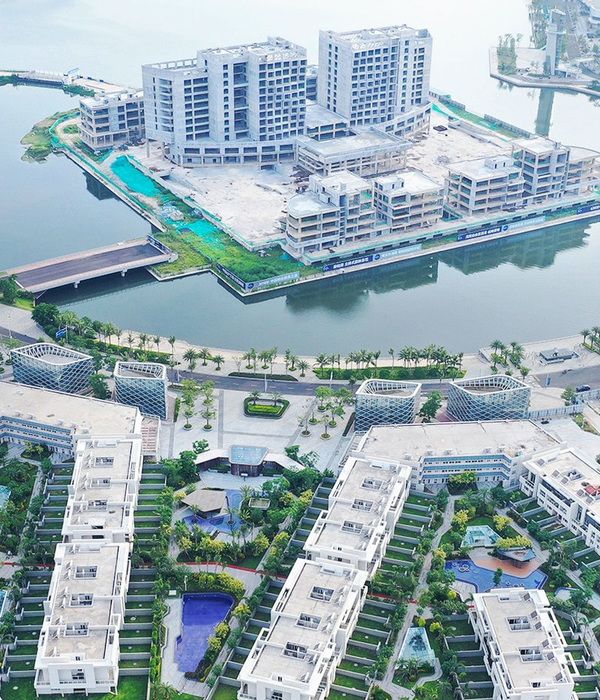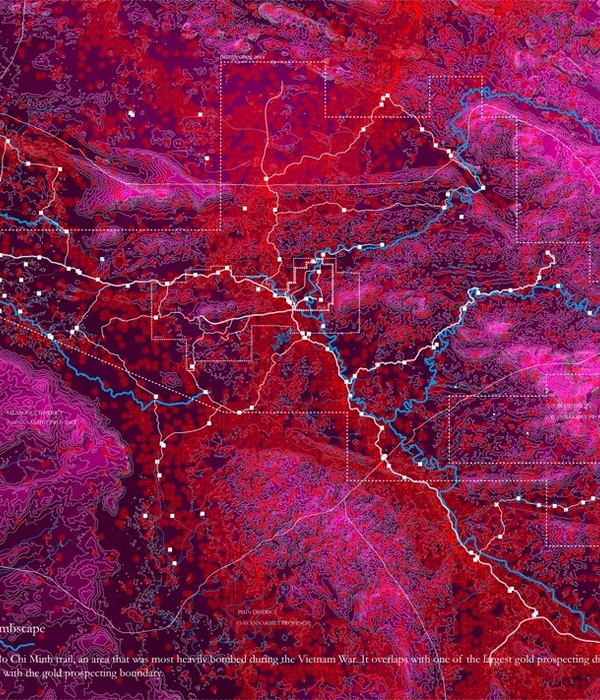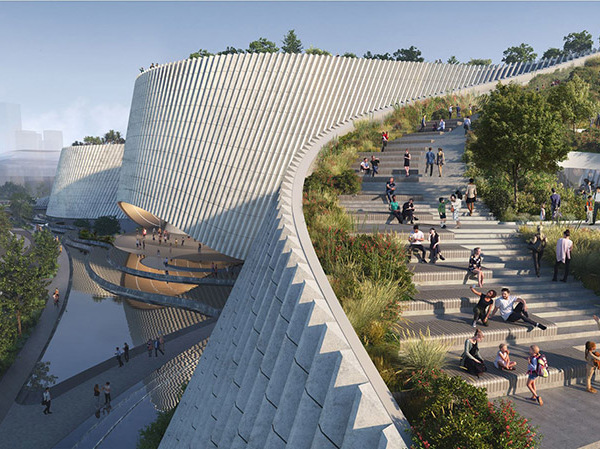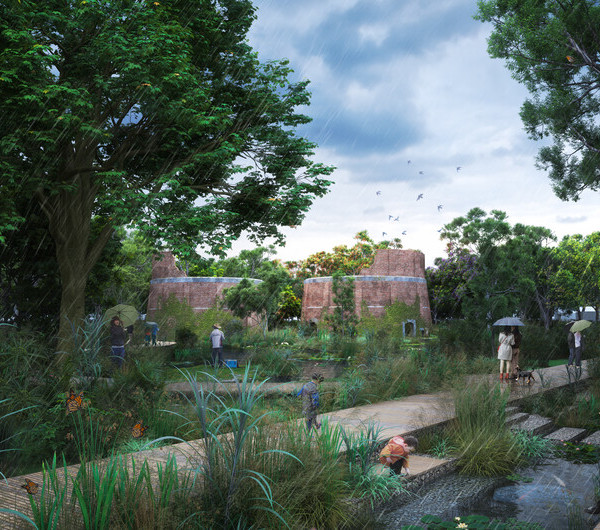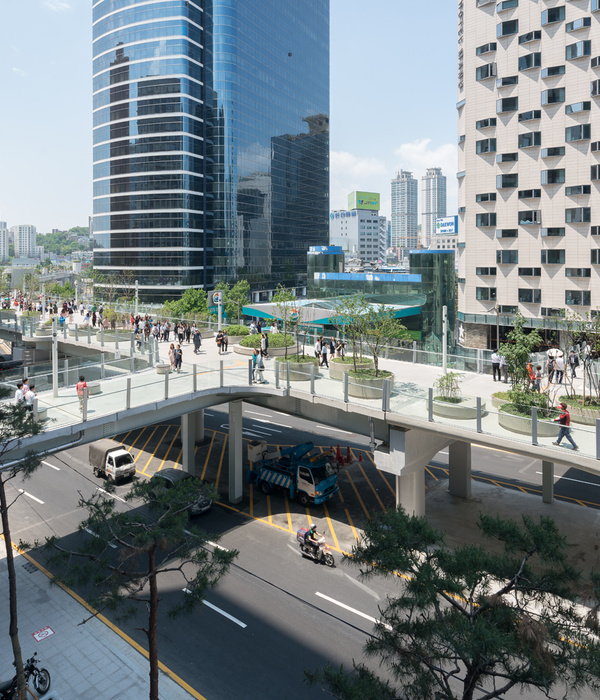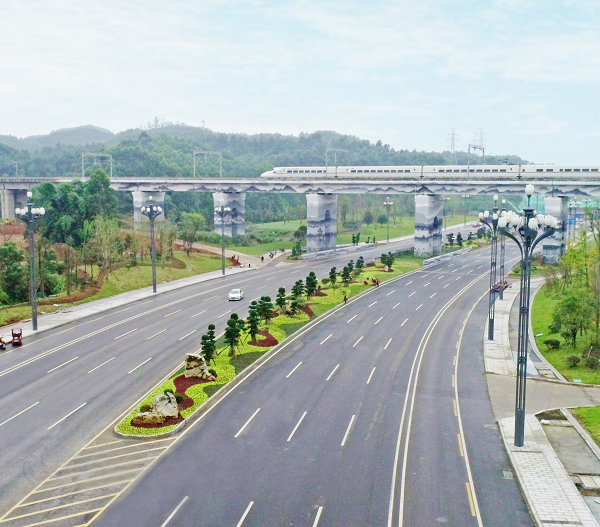▲结论与展望:项目团队开发了一款分析程序,用于分析和解释场地尺度下的大众数据,从而为景观设计和管理以及与学科相关的知识扩展提供价值。Conclusions and Prospects. An analytic procedure for analyzing and interpreting site-scale crowdsourcing data was developed, which is valuable to landscape design and management, as well as the knowledge expansion of this discipline.
PROJECT NARRATIVE
The last decade underwent a boom in social media that enabled various people to share information and opinions by publicly posting textual data (words, tags, and comments) or non-textual data (pictures, videos or audio) online. These huge, efficient, and ever-growing data sets have been employed by researchers to better understand the environment and society. Since social media data are self-posted and crowdsourced, they are rich and complex in nature. Stories, facts, opinions, emotions, and moments are communicated and recorded, along with geo-locations, timestamp, and account information to the public.
As most recent research projects have focused on regional topics, this project marks a pilot effort to study site-scale landscape architecture design issues using social media data. Seattle Freeway Park was selected as a sample site because this classical example of landscape architecture history has a suitable size (5 acres) with simple programs. In addition, the spatial quality of the park was recently questioned by local users, who proposed to demolish the park as they believed that the design didn’t promote outdoor activities but instead “inspired fear and facilitated crime” (Mudede, 2002).
This project evaluated three questions: 1) how is Seattle Freeway Park used as a public space? 2) what are the users’ emotional or affective ties to the built environment of Seattle Freeway Park? While answering the two theoretical questions above, a methodological question was also addressed, that is: 3) how should social media data be used to understand site-scale landscape architecture design issues?
After comparing numerous crowd-sourcing data, the researchers decided that Instagram data best reflects the use of public landscapes, with information such as self-posted images, hashtags, time information, and geographic tag information. Since it was launched in 2010, Instagram has become the dominant online mobile application that focuses on sharing photographs and social networking. As of March 2018, Instagram has 813 million active users (Statista, 2018). It is especially popular among younger generations, as 59% of 18 to 29-year-olds in the United States are reported to use Instagram (York, 2017).
Taking the Seattle Freeway Park as an example, 3414 Instagram posts from 2035 users for three years (2015-2017) were mined and cleaned. We acknowledged the challenges of ethical issues in social media research such as data confidentiality, informed consent, and anonymity. The researchers consulted IRB guidelines and took three measures to minimize the potential harm to Instagram users: 1) This study only used the posts that the users set as public for the audience. 2) All data were analyzed at an aggregate level without drawing attention to individual users. And, neither individual pictures nor hashtags were presented as part of research products. 3) Unnecessary data collection was minimized by defining specific timeframes and location-tags.
By developing a categorization method that bridged park usage and perceptions with contents of Instagram photos and hashtags, the researchers coded the 3414 photos into three themes, including (1) activities, (2) objects/scenes, and (3) headshots. The 2787 hashtags were coded into three themes including (1) activities, (2) objects/scenes, and (3) experiences. Each theme was further coded into finer categories. The study conducted four separate analyses to answer the research questions, such as: (1) monthly frequency analysis, (2) monthly category distribution, (3) linkage of hashtag categories, and (4) photo field of view (PFV) delineation. The results presented people’s usage and perceptions of the park with greater continuality and precision, as showed in the charts and diagrams. These results bring new perspectives and insights about public space design by discussing the associations between park usage in terms of design features, publicity, and climate. Important findings include the following. (1) The concrete maze was the foremost recognized design feature in the Seattle Highway Park, which invoked a strong sense of “discovery” and also suggests negative perception issues. (2)The Instagram data showed that the park was popular for cosplay activities, but lacked group activities. This phenomena could also be traced to the park’s introverted space characters, such as segmented pieces of space, dent-patterned paths, and lack of a central open area. (3) Spring and fall were the two most popular seasons in the park, and posts about natural elements in summer were less common than those in spring and fall. This suggested a significant preference for the seasonal changes of vegetation such as color, texture, scents, or vitality. (4) Hence, when designing a park in the future, designers should be cautious when using rough materials, mindful of too many introverted spaces, and give attention to the right scale for open space programs.
This research developed a new analytic procedure to use crowd-sourced data to research a site-scale landscape project using data mining and cleaning, coding and categorization, for analysis and interpretation. For academic researchers, this method, compared to conventional research methods such as survey and on-site observations, not only has a large amount of data and participants included in the analysis, but it is also financially economic and less time-consuming. Taking advantage of these huge, efficient, and ever-growing data sets, the current knowledge about landscape architecture is bound to grow with higher richness and complexity. This method can also be added to the toolkit for understanding and monitoring the use of public spaces for professionals, such as landscape architects, park managers, urban planners, urban geographers, city managers, and others. For landscape architects, this new method not only presents the usage and perceptions of the park in a larger and more systematic manner, but also assists in confirming or disapproving design claims, evaluating current landscape programs, and rewriting design guidelines.
We notice that most social media users consist of those in the younger generations. Therefore, other age groups, especially minorities, such as children, the elderly, etc., are less represented in this dataset. Also, social media users tend to post more attractive content rather than content reflecting daily usage patterns. Future research should include conducting cross-region comparison studies on multiple parks and further validating social media data by comparing them with the external data.
{{item.text_origin}}


